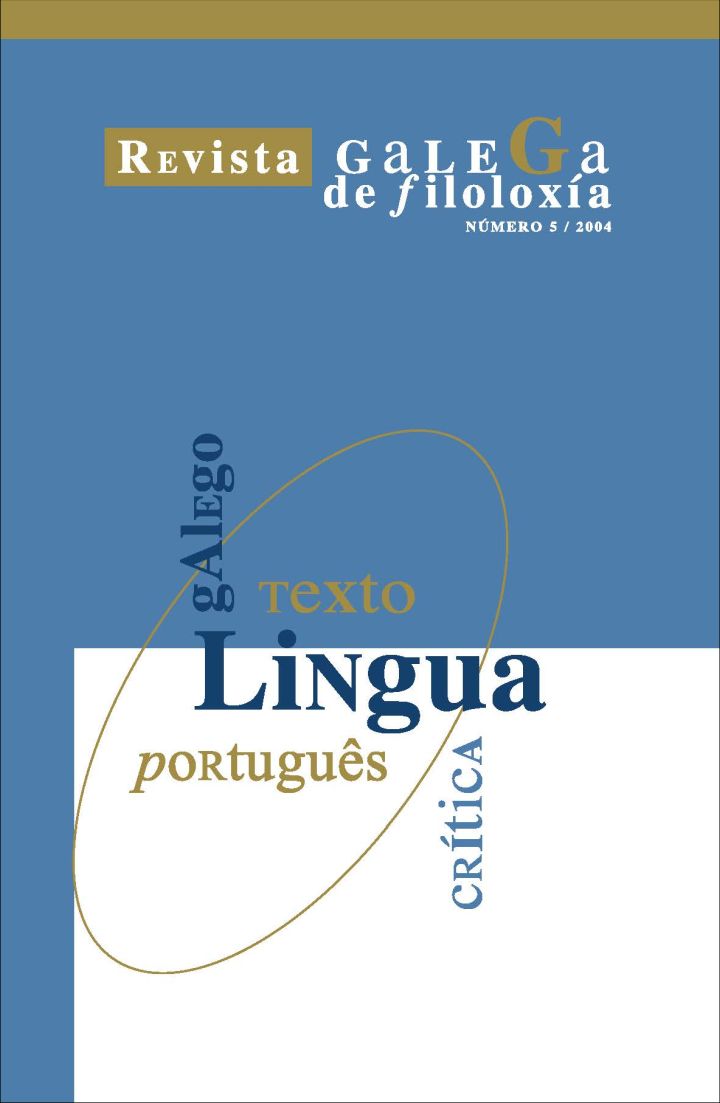Language technology and its applications
Main Article Content
Abstract
In the last years, research on Computational Linguistics and Natural Language Processing has led to Language Technologies, whose main goal is to develop computer systems capable to recognize, understand and generate human languages in all their forms. For this purpose, several applications have been developed, such as MachineTranslation, Information Retrieval and Information Extraction or Document Classification. These applications process the language in order to ease access to knowledge, its organization or its transmission, activities needed by our Information Society. As in other disciplines, Computational Linguistics and Natural Language Processing have gone from a first period of basic, experimental research to another in which new products and real applications have to be created, in order to solve interaction problems. This means that we need to develop systems and resources capable to deal with unrestricted language, that is, broad-coverage systems and resources. This paper presents an introduction to linguistics resources as well as the main applications being developed nowadays in the Language Technologies framework. More concretely, it emphasizes morphological analyzers, taggers, syntactic parsers, computational lexicons and linguistic annotated corpora. As for applications, stress is laid on Information Retrieval, Information Extraction and Machine Translation.
Keywords:
Downloads
Metrics
Article Details
References
Alonso, J.A. (2003): “La traducción automática”, dins Tecnologías del lenguaje: 94-129 (Barcelona: Editorial UOC).
Chomsky, N. (1957): Syntactic Structures (The Hague: Mouton).
Chomsky, N. (1965): Aspects of one Theory of Syntax (Cambridge, Mass.: The MIT Press).
Civit, M. (2003): Criterios de etiquetación y desambiguación morfosintáctica de corpus en español. Monografías, 3, de la SEPLN (Alicante: Sociedad Española para el Procesamiento del Lenguaje Natural).
Civit, M. / Martí, M. A (2004): ‘Building Cast3LB: a Spanish Treebank’, a Treebanks and Linguistic Theories, Kluwer Academic Publishers (en preparación).
Gazdar, G. / Klein, E. / Pullum, G. / Sag, I. (1985): Generalized Phrase Structure Grammar (Oxford: Basil Blackwell).
Gonzalo, J. / Verdejo, F. (2003) “La extracción y recuperación de información” dins Tecnologías del lenguaje: 157-192 (Barcelona: Editorial UOC).
Harris, Z.-H. (1993): The Linguistics Wars (Oxford: University Press Oxford).
Jakendoff, R. (1988): Semantics and Cognition (Massachussets: MIT Press).
Joshi, A (1984): ‘How Much Context-Sensitivity is Required to Provide Reasonable Structural Descriptions: Tree Adjoining Grammars’, a Dowty, D. / Karttunen, L. / Zwicky, A. (eds.), Natural Language Processing: Psycholinguistic, Computational and Theoretical Properties: 190-205 (New York: Cambridge University Press).
Kaplan / Bresnan (1982): ‘Lexical-Functional Grammar: A Formal System for grammatical Representation’, a Bresnan (ed.), The mental Representation of Grammatical Relations: 173-281 (Cambridge, Mass.: MIT Press).
Kay (1985): ‘Functional Unification Grammar: A Formalism for machine Translation’, a Proceedings of COLING 84: 75-78 (California: Menlo Park).
Kittredge, R. / Lehrberger, J. (1982): Sublanguage. Studies of language in restricted Semantic Domains (New York: Walter de Gruyte).
Koskeniemmi, K. (1983): Two-Level Morphology: A General Computational Model for Word-Form Recognition and Production. PhD Thesis, University of Helsinki, Department of General Linguistics.
Leech. G. (1997b): ‘Introducing Corpus Annotation, a Garside / Leech / McEnery (eds.), Corpus Annotation. Linguistic Information from Computer Text Corpora: 1-18 (London: Logman).
Llisterri, J. (2003) ‘Las tecnologías del habla’, dins Tecnologías del lenguaje: 249-281 (Barcelona: Editorial UOC).
Martí, M.A. (1988): Processament informàtic del Llenguatge Natural: un sistema d’anàlisi morfológica per ordinador. Tesi Doctoral, Dept. Filología Románica, Barcelona.
Martí, M.A. (2003): “Consideraciones sobre la polisemia”, dins Martí, M.A / Fernández, A. / Vázquez, G. (eds.): Lexicografía computacional y semántica: 61-103 (Barcelona: Edicions Universitat de Barcelona).
Martí, M. A. (coord.) (2003): Tecnologías del lenguaje (Barcelona: Editorial UOC).
Martí, A. / Castellón, I. (2001): Lingüística Computacional (Barcelona: Edicions Universitat de Barcelona).
Màrquez, Ll / Padró, Ll / i Rodríguez, H. (2001): ‘Mètodes robustos en l’anàlisi del llenguatge. El processament de text no restringit, Lingüística Computacional: 1- 68 (Barcelona: Edicions de la Universitat Oberta de Catalunya).
McEnery, G. / Wilson, A. (1996): Corpus Linguistics (Edinburgh: Edinburgh University).
Miller, G. A. / Fellbaum, Ch. (1991): “Semantic networks of Englis”, Cognition, 41: 197-229.
Moreno Sandoval, A. (2001): Gramáticas de unificación y rasgos. Col. Lingüística y Conocimiento. 32 (Madrid: A. Machado Libros, S.A.).
Oakley / Owen (1990): Alvey, Britain’s Strategic Computing Initiative (Cambridge, Mass: MIT Press).
Ooi, V. B. Y. (1998): Computer Corpus Lexicography (Edinburgh: Edinburgh University press).
Pollard, K. / Sag, I. (1987): Information-Based Syntax and Semantics. Volume 1: Fundamentals. CSLI, Lecture Notes, 13. (California: Stanford).
Pollard, K. / Sag, I. (1993): Head-Driven Phrase Structure Grammar. CSLI (Chicago / London: The University of Chicago Press).
Pustejovsky, J. (1995): The generative lexicon (Cambridge MA: The MIT Press).
Shieber, S. (1986): An introduction to unification-based approaches to grammar. CSLI, Lecture Notes, 4 (California: Stanford).
Sinclair, (1987): Looking Up (London: Collins ELT).
Taulé, M. / Martí, M. A. (2001): ‘Formalismes gramaticals’, Lingüística Computacional: 1-99 (Barcelona: Edicions de la Universitat Oberta de Catalunya).
Vicedo, J. L. (2003): Recuperación de información de alta precisión: los sistemas de búsqueda de respuestas. Monografías, 2, de la SEPLN (Alicante: Sociedad Española para el Procesamiento del Lenguaje Natural).



